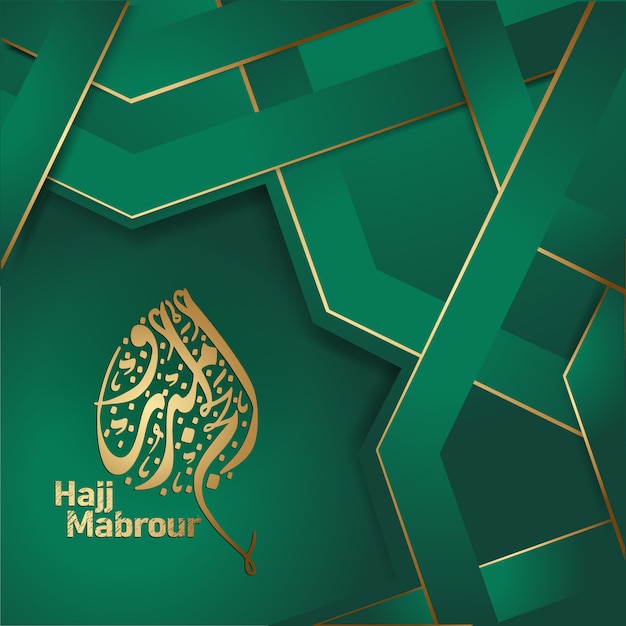

“As in the picture, the women wore sarong as it was so hot in the workshops where the soy beans had to be ground and boiled,” he said. “But when I returned to check details on the drawing, I was told that it was mostly women who did the job at night as a side income. “As the process of making taukua is heavy work, I initially thought that men did it. One particular page illustrating traditional taukua-making took the artist four or five visits to get right. In order to document traditional Batu Lanchang life as closely as possible, Lefty returned to the area numerous times, double-checking sketches with senior members of the community who were interviewed for the project. “In documentary comics, we want to do this right so it can become a reference for generations in the future,” he added. “So, their words and stories are all we have left before it is all lost. “People from the older generation have so many stories to share and in the olden days, there weren’t many opportunities to take photos or document history, especially for blue-collared workers. Lefty, who has been involved in several documentary comics projects in Penang of late, said it was a priority to get each illustration as historically accurate as possible. “There is also another action scene of ‘Double-Gunned Pigsy’, a gangster in the area,” he said. “A surprising number of people told us about the frog war where two groups of frogs apparently attacked each other for hours!
VECTOR UNDANGAN HIJAU.PNG SERIES
Lefty, a Penangite who is noted for his award-winning comics series Major Zombie, chuckled at the thought of drawing some of the action scenes in the book.

The book even includes a well-known urban legend from the area that whispers of a frenzied frog war, much to the delight of comics artist “Lefty” Julian Kam who drew all the illustrations. Readers are bound to smile at the rows and rows of assorted biscuits beckoning children at the neighbourhood grocery store while those in their golden years would be able to reconnect with the shouts of ‘Dapat!’ (Malay for ‘Found!’ or ‘Got!’) each time downed kites were found after their strings were sliced during games of kite-fighting. The book kicks off from the days where every home had their own well but water for consumption needed to be collected in buckets from a common tap near Lam Wah Ee Hospital.įrom there, we are taken on a journey, weaving our way between mobile hawkers selling their fare on bicycles, pushcarts, shoulder poles and even on aluminium trays balanced on their head.įrom the Metro Theatre where patrons would watch movies and snack on kacang putih in little cones made from newspaper, past kerosene street lamps that were lit every evening and blown out every morning, the book provides insight into the lifestyle, culture and occupations of those who lived and thrived in the area.

“This 36-page book is short and precise, and will help future generations understand the whole story of Batu Lanchang,” said Ong. “We wanted to record some of the area’s background and history for the younger generation in a more relaxed way. He employed a team to research and recreate Batu Lanchang’s history in drawings, and a new book titled Batu Lancang in the Olden Days was created. Realising that not only the physical remnants of the area’s traditional life were fading but also the people who lived in that era were rapidly advancing in age, Ong initiated a project to document the constituency’s history in a unique way - through comics illustrations. “All the farming areas along with the farm ponds and streams that were our ‘playground’ are no more here,” he said. “The Batu Lanchang of today is 100% different from when I was young,” said Batu Lanchang assemblyman Ong Ah Teong, who grew up in the Perak Road area in the 1970s. Now a modernised suburb with high-rises and landed properties for the upper-middle class, traces of its origins as a major agricultural quarter are quickly disappearing from memory.
VECTOR UNDANGAN HIJAU.PNG FREE
Located in the central upper part of Penang island, the state constituency is often known as the middle ground or thoroughfare between George Town – the state capital – and the bustling factory sector of the Free Industrial Zone in Bayan Lepas. ABUNDANT with lush vegetable fields, traditional taukua “workshops” and a public market that sold everything from live fish and chicks to every ingredient needed to make your weekly Friday bowl of laksa, the Batu Lanchang of half-a-century ago stands in stark contrast to that of today.


 0 kommentar(er)
0 kommentar(er)
